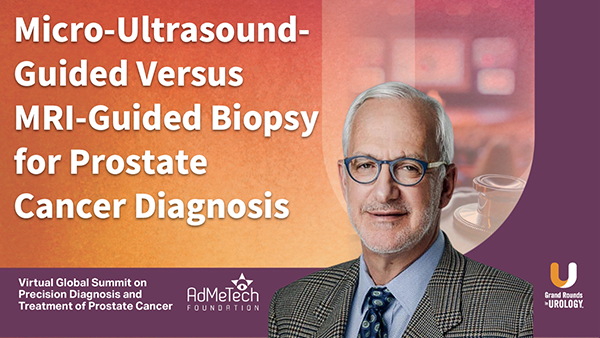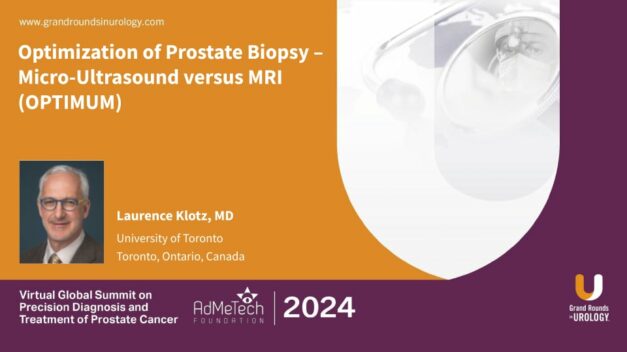Micro-Ultrasound-Guided vs MRI-Guided Biopsy for Prostate Cancer Diagnosis (OPTIMUM Trial)
Dr. Laurence Klotz reports OPTIMUM trial results showing micro-ultrasound is non-inferior to MRI fusion biopsy for detecting clinically significant prostate cancer.
Read More




